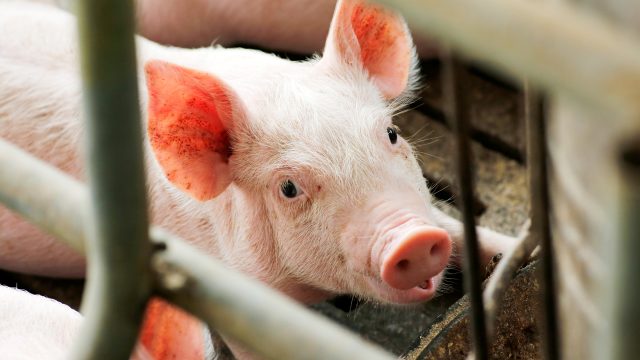
How to Teach Children Kindness Toward Animals
Tips from the Animal Legal Defense Fund
For immediate release:
Contact:
media@aldf.org
COTATI, Calif. – Many children have a natural love for animals but a little extra education and nurturing can go a long way.
Parents can play a great role in teaching their kids about how to love and respect animals they share the world with. To help in this important lesson, the Animal Legal Defense Fund, the nation’s preeminent legal advocacy organization for animals, has some tips.
- Adopt, don’t shop
Breeders and pet stores support a cruel industry, and that’s the opposite lesson a child needs. Any type of animal you would share your home with can be found at a shelter or through a rescue organization. Whether a child is drawn to cats and dogs or hamsters and reptiles, adopting from shelters and rescues instead of breeders shows children the importance of helping animals in need.
- Teach respect and appropriate behavior/etiquette around animals
Explain what the world is like from an animal’s perspective and what may cause them fear or anxiety, such as grabbing, yelling or approaching too quickly.
- Exercise your consumer power to help animals
Walk kids through your responsible choices at the supermarket, explaining how some products cause harm to farmed animals like cows and hens.
- Be an advocate for animals in your community
Call the authorities if you see a dog confined in a hot car, tied outside for long periods of time or without shelter or water in extreme weather. Your kids are watching you do the right thing.
- Make the right call
Do you know what to do if you find an injured baby bird or squirrel? Post numbers for your local wildlife rehabilitation facility on the fridge.
- Share amazing animal facts!
Did you know the part of a dog’s brain devoted to analyzing smells is, proportionally speaking, 40 times greater than ours? Pigs have excellent long-term memories and can outsmart dogs and chimpanzees on IQ tests. Cows have best friends and strong family bonds, and are good at problem-solving.
- Learn about animals in their natural habitat rather than in captivity
Many parents take their animal-loving children to zoos or aquariums to encounter animals up close; however, these may not be the best environments for animals nor an ideal educational experience for kids. Visit or volunteer at an animal sanctuary or wildlife rehabilitation center instead.
- Avoid entertainment where the performers don’t have a choice to be there
Some circuses and theme parks force animals to perform unnatural tricks. Fortunately there are still plenty of animal-free options that deliver thrills without teaching children that wild animals exist for our amusement.
- Volunteer at your local animal shelter
Perhaps you can foster a dog or cat while they wait for their forever family (your home is much less stressful than a kennel environment!), walk and play with dogs awaiting adoption, or even set up a shelter buddies reading program.
- Schedule a humane education workshop at your school
Websites like teachhumane.org and humaneeducation.ca offer free resources you can share with your children’s classmates and teachers on how to create a more compassionate relationship between kids and the animals around them.
How We Work
Related
-
Rhode Island Governor Signs Cat Declaw Ban into Law
Declawing is an invasive surgical procedure to remove the last bone in a cat's toesJuly 2, 2025 News -
U.S. Supreme Court Declines Review of California’s Landmark Proposition 12 Animal Cruelty Law
The Animal Legal Defense Fund helps protect the strongest farmed animal protection law in the countryJuly 2, 2025 News -
OCTOPUS Act Reintroduced in the U.S. Senate
The federal bill would prevent the industry from gaining traction by banning commercial octopus farming in the U.S.June 5, 2025 Press Release



